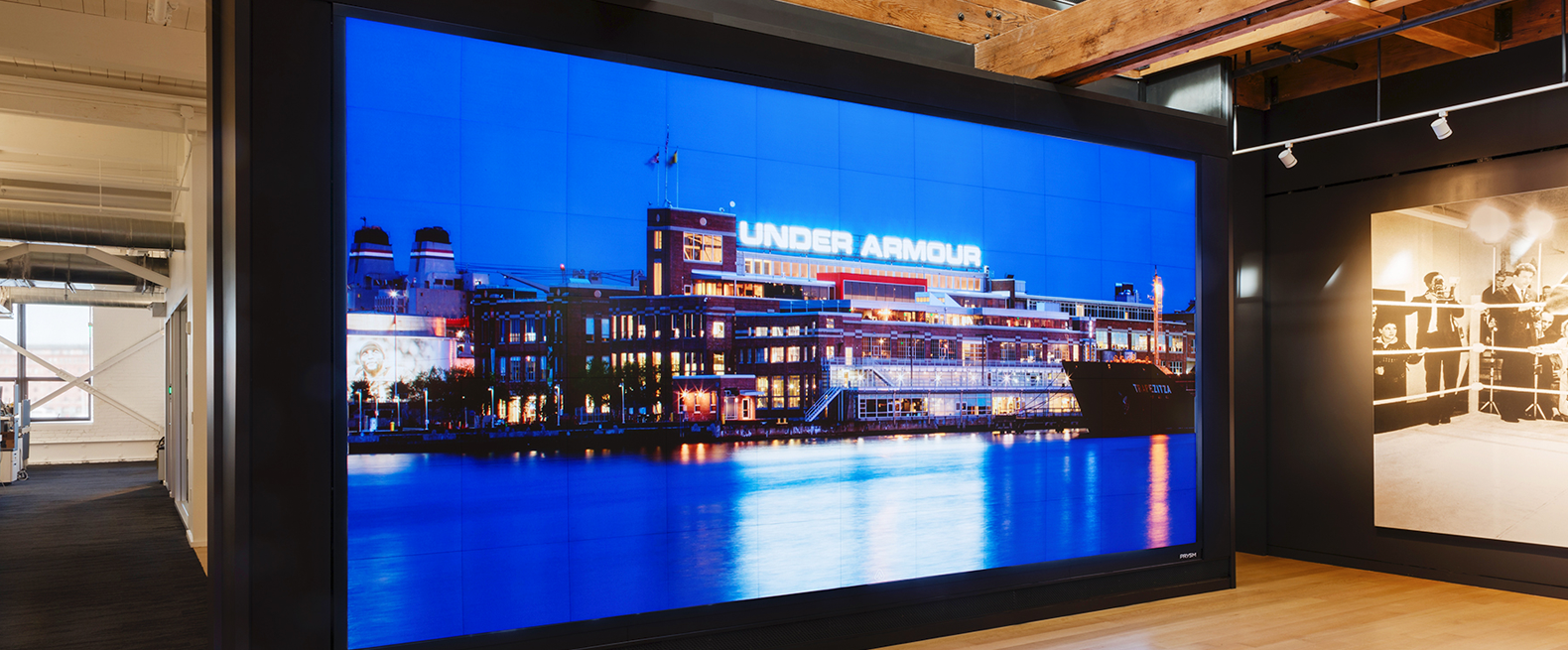Investigating the Durability of LED Display Screens in Comparison to Conventional Display Technologies
Investigating the Durability of LED Display Screens in Comparison to Conventional Display Technologies
Blog Article
Light-emitting diode panel panels have become progressively favored in recent years, particularly in environments like schools, corporate spaces, and community spaces. These panels use light-emitting lights (LEDs) to produce bright and vibrant visuals. One of the most notable benefits of LED technology is its longevity compared to conventional screen methods, such as cathode ray monitors (CRTs) and LCD display displays. Understanding the differences in duration and functionality between these options can assist consumers make informed decisions about their screen requirements.
Classic display methods, like CRTs, have been around for many decades. They were commonly used in televisions and PC monitors. However, CRTs have a shorter duration, typically lasting around 10,000 to 20,000 hrs of use. This means that after a couple of years, users may observe a deterioration in picture quality, such as fading or color distortion. In comparison, LED wall panels can last significantly longer, often exceeding 50,000 hrs. This extended duration means that consumers can enjoy consistent functionality without the requirement for frequent substitutions.
Another crucial factor to consider is power efficiency. LED wall screens consume less power than conventional displays, which not only helps the ecosystem but also lowers electricity costs. For instance, while a CRT screen may use around 100 W of energy, an LED panel can consume as few as 30 to 50 watts. This difference in power usage contributes to the overall durability of LED innovation, as lower power consumption generates minimal heat. Excessive thermal energy can harm electronic components, leading to a reduced duration for traditional displays.
In furthermore to their extended duration and energy efficiency, LED panel screens also provide superior image clarity. They offer more vivid colors and better differentiation, making them perfect for multiple applications, from advertising to learning displays. The innovation behind LED panels allows for a broader sight angle, meaning that images remain clear and lively even when seen from the flank. This is a significant advantage over traditional screens, which frequently experience from color distortion and diminished brightness at wider perspectives.
In summary, the durability of LED wall screens compared to conventional display technologies is a Get More Info crucial aspect for consumers to take into account. With durations that can exceed 50,000 hours, energy efficiency, and superior visual quality, LED innovation offers many advantages. As technology continues to advance, LED wall screens are probably to become even more common in multiple settings. Understanding these distinctions can help people and organizations make better decisions when purchasing in screen technology, ensuring they get the optimal worth for their requirements.